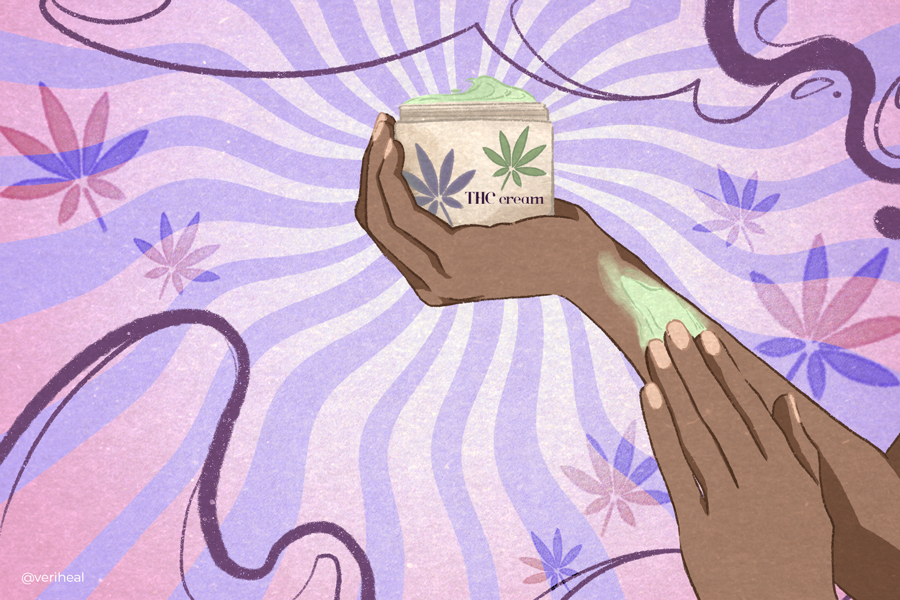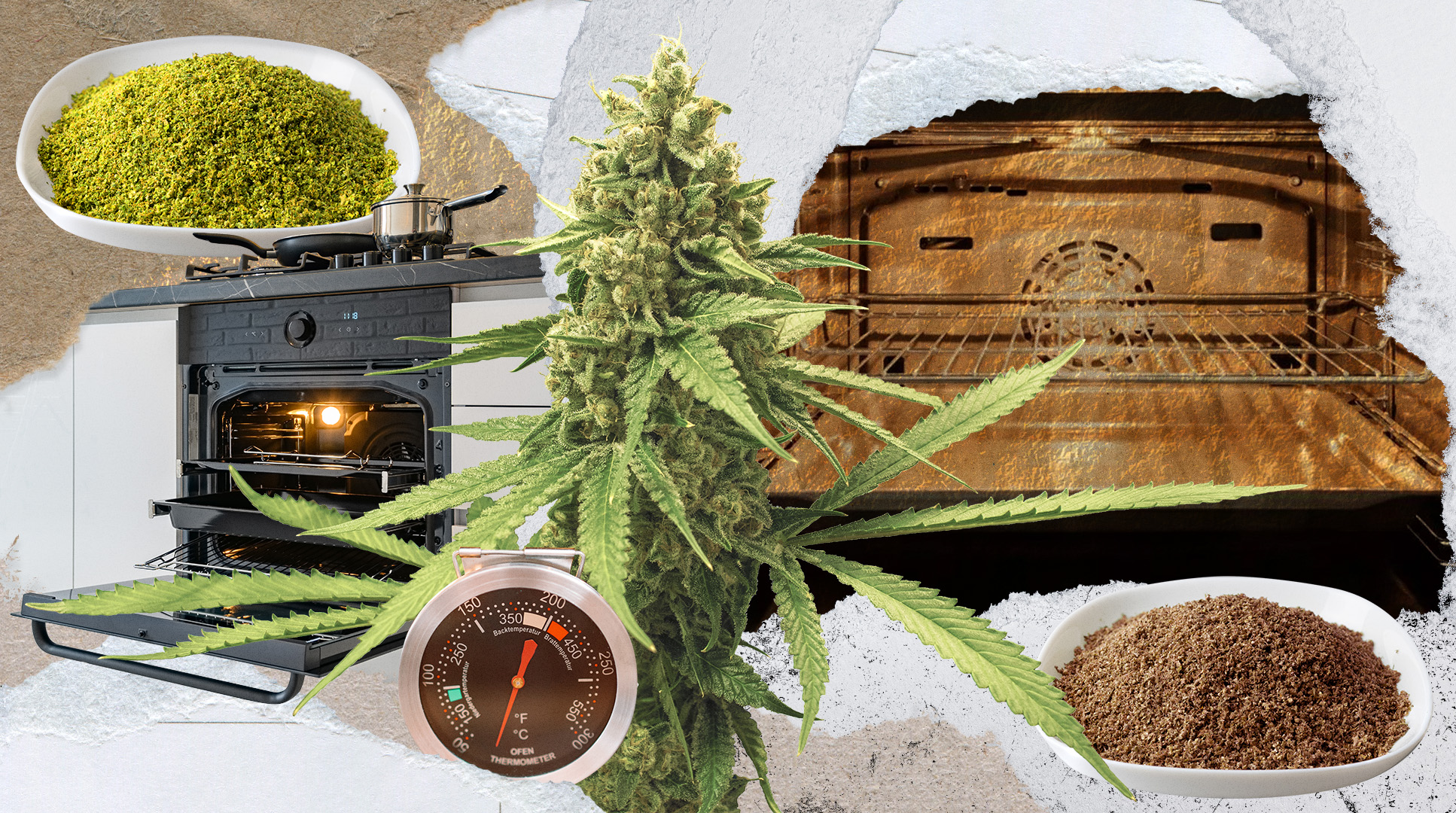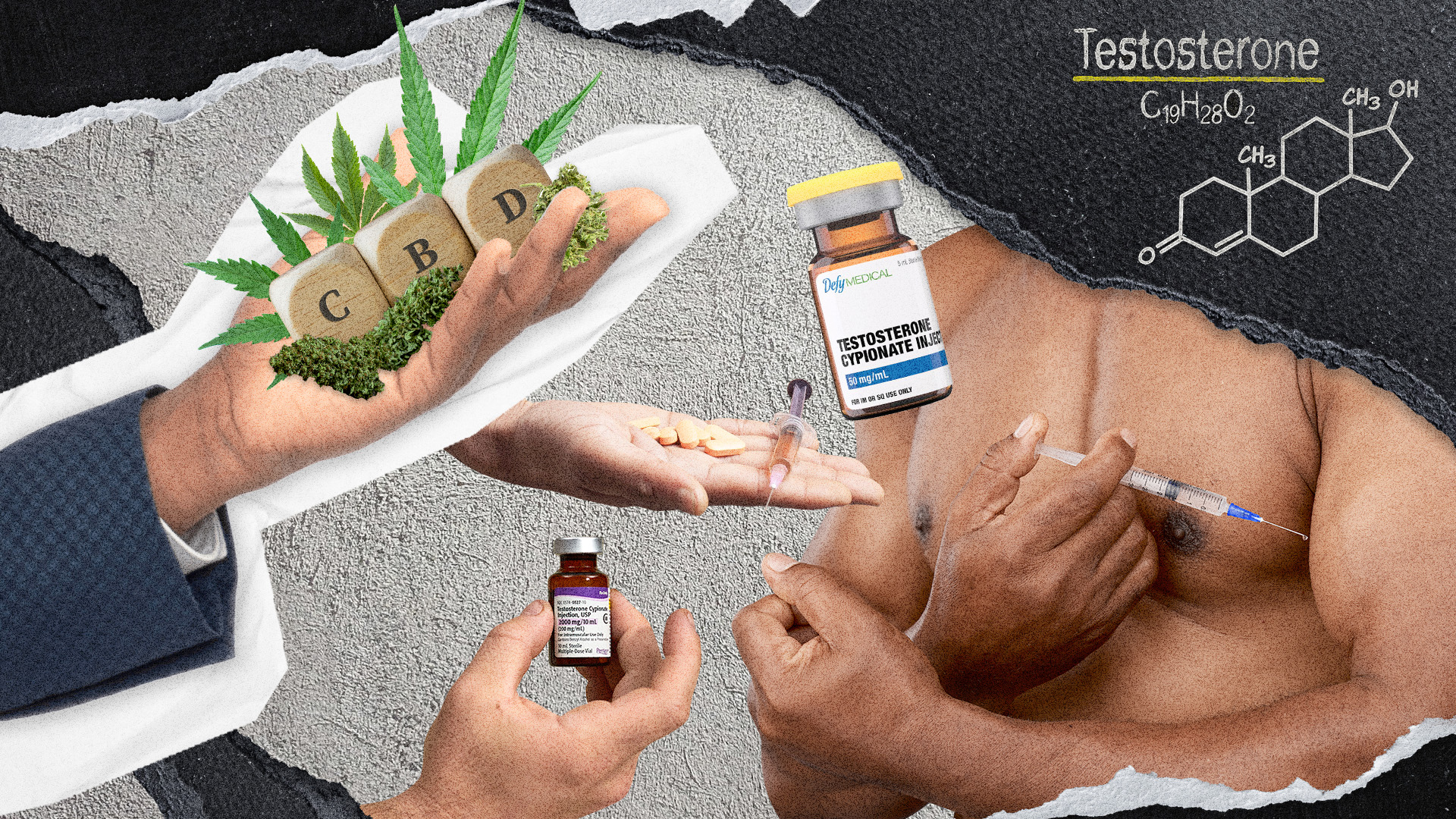For those who suffer from muscle pain, chronic pain, or joint pain, cannabis topicals can be a game-changer. But how exactly do they work? Let’s explore whether it’s possible for THC in any of its forms to be absorbed through the skin and if THC topicals can be detected on drug tests.
4 Ways to Consume THC
There are limited ways for THC to enter your system. Cannabinoids like delta-9-tetrahydrocannabinol (THC), cannabidiol (CBD), and cannabinol (CBN) are processed by the body’s endocannabinoid system (ECS), interacting with cannabinoid receptors.
We also now know that there are many other receptors and molecules involved that are part of what’s called “the endocannabinoidome” (eCBome), which includes lesser-known endocannabinoid-like molecules (PEA, etc.) and their target receptors like dopamine, PPAR, TRP, and serotonin receptors to enhance their effects.
THC has analgesic (pain-relieving) properties and produces the intoxicating, psychoactive effects often associated with cannabis consumption. It’s also the culprit behind some of the negative, dose-dependent side effects of cannabis, such as paranoia. CBD is known for its relaxing effects, anti-anxiety and antidepressant actions, anti-inflammatory properties, and for being a powerful antioxidant.
The bioavailability (i.e., ability to be absorbed into the body) of cannabis can vary greatly depending on the different delivery methods used. Let’s briefly explore some common consumption methods and how they affect the bioavailability of cannabinoids like THC.
Inhalation (Smoking and Vaping)
Inhalation includes vaping or dabbing concentrates and smoking or vaping dried cannabis flower. Inhalation provides the fastest symptom relief for medical cannabis patients due to how cannabis smoke or vapor is absorbed into the body. THC bioavailability is around 31% for inhalation.
Eating
Eating cannabis products such as edibles (infused food and drinks) and capsules is also popular. It takes longer for the effects of the product to set in since it is processed through digestion and not absorbed directly into the bloodstream like it is when inhaled. Oral bioavailability ranges from 4-20%, notably lower than smoking.
Sublingual
Taking cannabis products such as sublingual tinctures can be an effective medicating method. Regarding bioavailability, sublingual intake of cannabinoids is similar to that of inhalation because they utilize similar mucous membranes for absorption into the bloodstream. The onset is markedly faster than other oral methods of consumption.
Why You Should Get Your Medical Marijuana Card
Veriheal has satisfied millions of patients nationwide by giving them access to these benefits
- Larger purchase limits
- Peace of mind
- Enhanced legal protection
- Access to higher potency strains
- Save up to 25% on cannabis purchases
- Skip the line at the dispensary
Topical
Topical cannabis products are administered on and absorbed through the skin. When it comes to topical cannabis products, they are not well absorbed into the rest of the body beyond the application site, meaning they are not well “systemically” absorbed. However, there aren’t any human studies to estimate topicals’ average bioavailability.
Is THC Skin-Permeable?
There are no human-based studies on the bioavailability of cannabinoids through a topical or transdermal application. However, the preclinical animal studies are promising.
These application methods avoid a first-pass metabolism effect and provide local relief without entering the bloodstream since they are absorbed through the skin directly to dermal cannabinoid, pain, and anti-inflammatory receptors. Because of this limited but current information at hand, topical THC is not likely to cause a high due to negligible systemic absorption.
Can THC Topicals Show Up on a Drug Test?
Topical products include transdermal patches, lotions, salves, creams, balms, and ointments. Different formulations of cannabis topical products may contain different combinations of terpenes and cannabinoids naturally present in the cannabis plant.
The topical application of cannabis products involves rubbing or massaging the product directly onto the skin, usually where the user hopes to gain relief. Medical cannabis patients may use topical products to potentially treat muscle and joint pain, as well as various skin conditions, including eczema, psoriasis, and epidermis.
If you’re worried about THC topicals appearing on drug tests, we have good news! According to the available research, the topical application of THC topical cannabis products cannot lead to a positive cannabinoid finding in blood or urine. Of course, these results cannot be guaranteed for everyone since they are not available on a massive scale, but they are so far promising.
Final Takeaway
While research on the bioavailability of cannabinoids through topical and transdermal application is still sparse, existing information suggests that THC topicals can potentially provide relief for localized pain and skin conditions without putting the user at risk of failing a drug test.
Are you interested in using cannabis topicals to treat a condition? Talk to an MMJ doctor today to determine if medical cannabis is right for you.
Author, Share & Comments
















